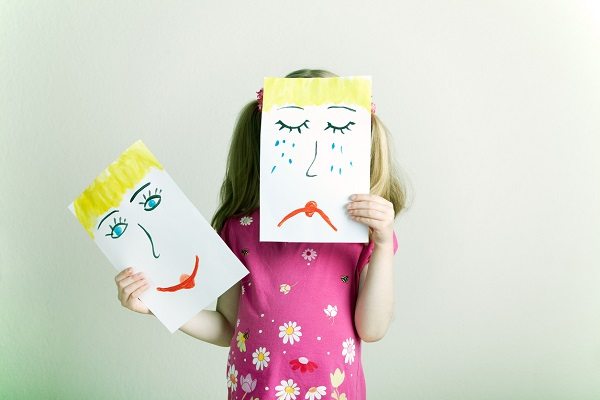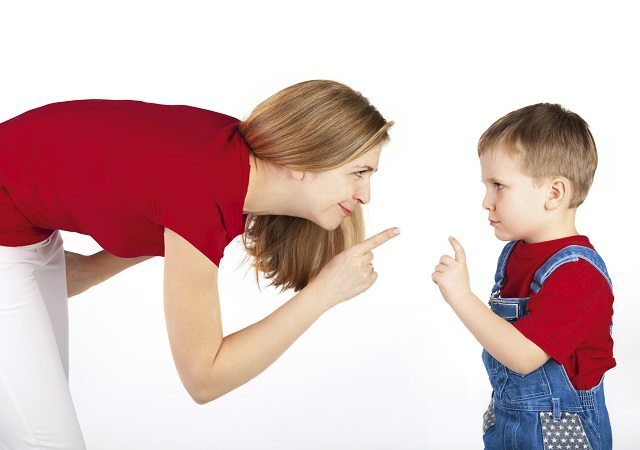When your child starts in preschool, it’s not unreasonable to hope that those toddler tantrums will soon be a thing of the past. Preschool is less about learning to read and write and more about learning practical life skills that will enable them to become independent and self-reliant. Things like doing our own zippers, shoes and buttons come up during preschool. As well as these physical skills, learning about our emotions is key to our children becoming independent and functioning little people.
During this time your child feels things intensely, sees and understands when justice in their world isn’t being done. It can be hard for them to express themselves at this age, and sometimes they will rely on those toddler tantrums to get their point across. It can be difficult, but a feelings chart is an excellent tool to help bridge the gap between toddler tantrums and preschooler emotions.
What is it?
When I was teaching preschool I made a simple feelings chart with columns for happy, sad, angry, surprised, and worried. I printed out pictures of all the children in the class and during circle time one morning, I invited each child to tell everyone how they were feeling that day, and if they would like to put their picture beside the corresponding emotion they were feeling. We were discussing feelings for a month, so as well as the feelings chart, we talked about the things we do when we’re happy (smile), sad (cry), angry (push), excited (jump) and worried (hug) as well as practising all of our silly emotive faces.
Everyday during circle time, the children were given the opportunity to change how they were feeling, and as the days went on, each child became more confident at explaining what they were feeling and why they were feeling that way. If you think this would work for your child, feel free to add more complex emotions to your chart as you go on. The more they understand about how they feel, the more they’ll be able to deal with situations in a calm, thoughtful way.
When?
Try starting out with their feelings in the morning, see what they’re feeling before they head to crèche or the childminder. At the end of the day (or during the day if you think it’s appropriate) ask them if they are still feeling the same way. They might be, or they could remember something that happened that day that made them feel a different way. The key is to get them involved by talking and thinking about about how they’re feeling.
Who?
It’s most beneficial to use when your child is at preschool age, so between three and five years. This way, they have the language to articulate what their feeling and why, and they can build on that vocabulary with mum and dad’s help.
Why?
Children begin to establish emotions right from birth. At around three years of age, they can articulate these feelings and it’s important to encourage that. Emotional skills allow children to interact successfully with their peers and the physical world. Children who can understand their feelings, stay calm and enjoy their experiences, are more likely to develop a positive sense of self and become confident learners.
How? DIY: Feelings chart
- Take one large piece of paper (I used black but any colour will do).
- Print off emotive faces off the internet, or get your child to draw their own, and make sure you write very clearly what each feeling is under the picture.
- Stick them onto one side of the large piece of paper, in a vertical line.
- Print out a photo of your child, cut it out and place blue tack on the back of the photo.
- Look at the chart with your child. Say this is their feelings chart, point out each feeling saying what each one is.
- Ask them how they’re feeling and if they want to put their picture next to what they’re feeling. Ask them why they’re feeling that way.
- Tell them they can come over whenever they want and change their feelings.
By Ellen Flynn
maternity&infant
Originally posted 2017-01-24 09:57:45.









